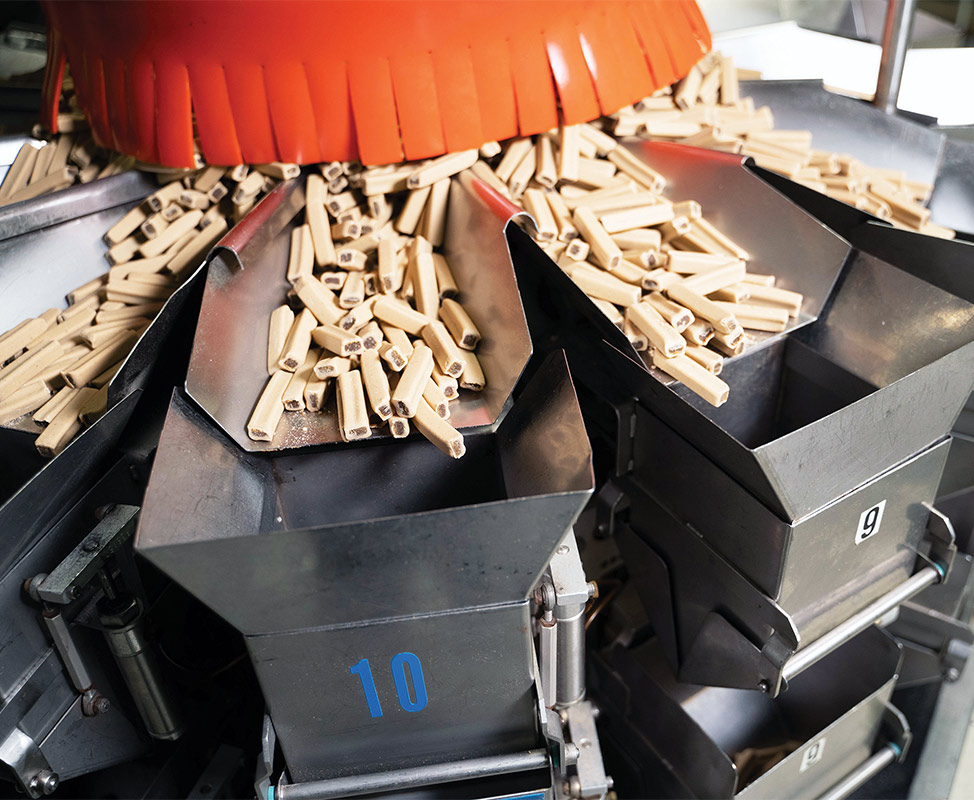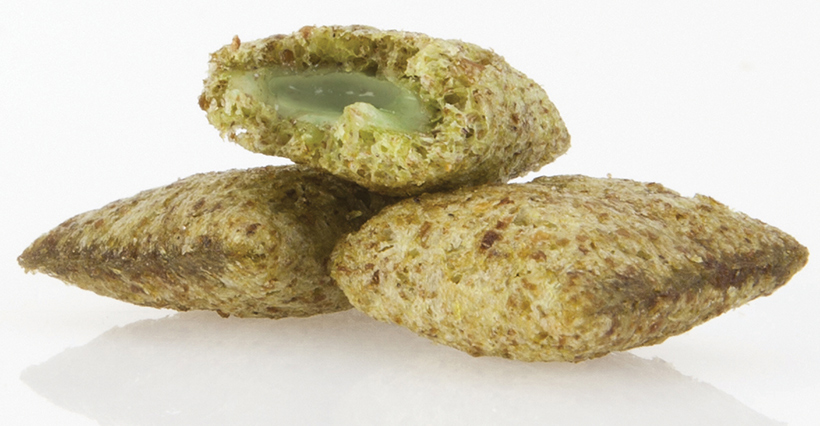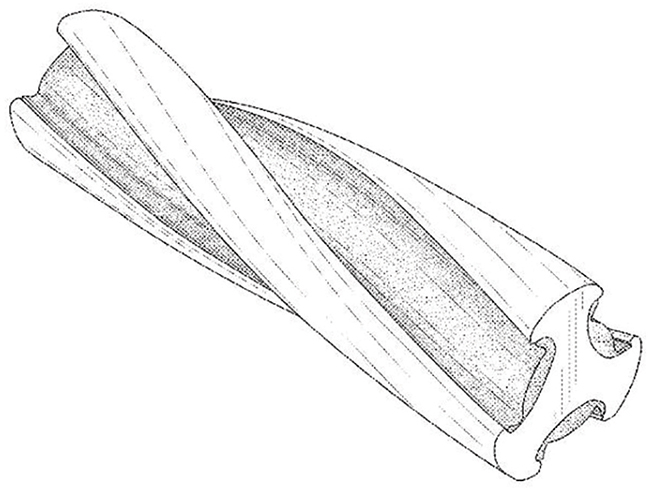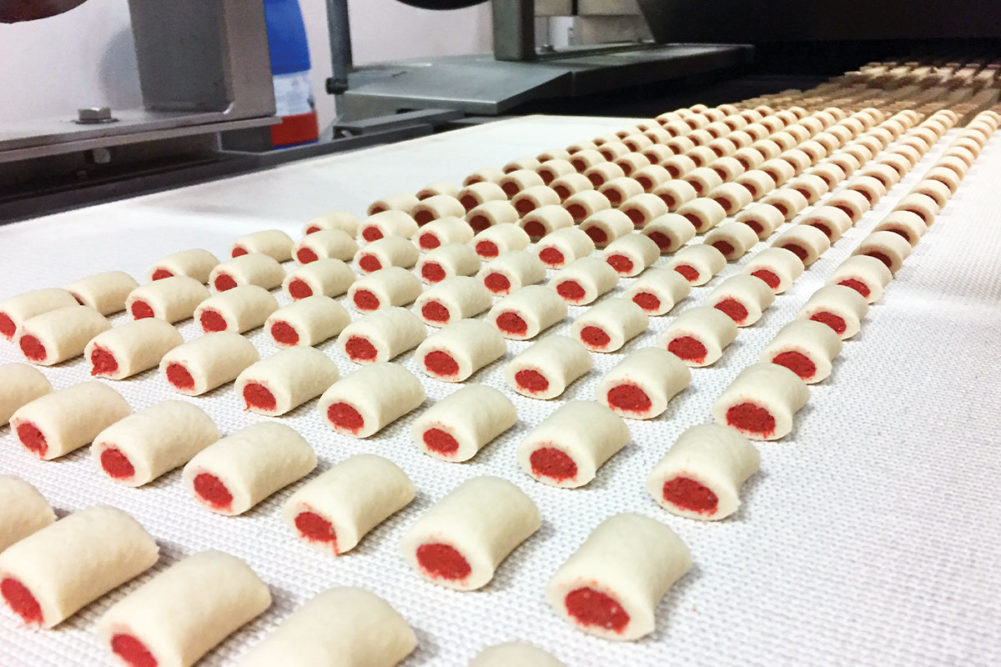This article was published in the September 2021 issue of Pet Food Processing. Read it and other articles from this issue in our September digital edition.
Pets are an increasingly important part of the family, and pet owners are on the lookout for ways to improve and extend the life of these cherished companions. This includes purchasing premium food, treats and chews made from functional ingredients.
Steady spending for premium, natural pet foods is creating a global market size that is projected to reach $127.21 billion by 2027, exhibiting a CAGR of 4.6% during the forecast period of 2020 to 2027, according to Fortune Business Insights.
Spending is spurred on by owners who are looking for human-like qualities in their pet’s food and treats, gravitating toward products with health claims and better-for-you attributes. These preferences are fueling the development of new products with consumer-preferred attributes such as high protein and vegetable content, shared Dave Carney, pet food market segment leader, Bühler, Lake Bluff, Ill.
 Co-extrusion is popular in the long-lasting dental chew category where it is often used to deliver two formulas, each offering unique health benefits to pets. (Source: Kansas City Treats)
Co-extrusion is popular in the long-lasting dental chew category where it is often used to deliver two formulas, each offering unique health benefits to pets. (Source: Kansas City Treats)
In such an environment, flexibility is an important factor, and pet food manufacturers must stay current and on-trend to deliver pet foods and treats that will attract the attention of pet parents. The ongoing preference for premium products finds more pet food processors exploring co-extrusion to create novel dual-textured or dual-colored treats for dogs and cats.
If a given product requires a single component to be comprised of two unique formulations that are then melded together, it would require co-extrusion, said Will Henry, research and development manager, Extru-Tech, Inc., Sabetha, Kan. This definition holds true whether discussing treats or kibble. Other examples would be a filled tube-type product like the Snausage or a “stripped long good” like Beggin’ Strips, he continued.
Dual texture
Treats and chews made with co-extrusion use two extruders to process materials separately before combining the extrudate and filling into the final product. The two screws co-rotate in opposite directions to homogeneously and efficiently mix ingredients more effectively than a traditional single screw.
“Evolution leans toward recipe innovation, of course, and filling systems can combine both nutritional and prescription ingredients for specific dietary requirements, as the filling does not reach the high temperatures and pressure as the extrudate,” said Hadrien Delemazure, process engineer, feed extrusion expert, Clextral, Firminy, France.
But Clextral cautions, “co-extrusion shouldn’t be confused with ‘true co-extrusion,’ which implies two extruders connected together to extrude two products simultaneously and form only one,” according to Clextral’s website.
 Especially in the pet treat market, co-extrusion technology offers processors the ability to differentiate products with unique texture and color combinations. (Source: Clextral)
Especially in the pet treat market, co-extrusion technology offers processors the ability to differentiate products with unique texture and color combinations. (Source: Clextral) Also known as co-filling, co-extrusion can be used for profiles featuring crunchy exteriors and creamy or liquid-filled centers. Ingredients for the crispy outer shell are mixed, cooked and processed in the twin screw extruder while the filling is mixed and prepared in a separate recirculating tank. The filling is then injected into the extruded material just before the extruder die. To ensure there is no disruption of the filling, it is important to know the filling percentage at all times so all pillows are properly filled.
These crunchy-on-the-outside treats are often marketed as dental treats, a category that continues to grow in pet market sales of pet food with health claims for dental hygiene. Kansas City Treats, Kansas City, Kan., produces dental and long-lasting chews, a $1 billion segment, that deliver dental benefits through mechanical abrasion. The company’s co-extrusion process uses twin-screw extruders from Wenger, Sabetha, Kan., to create products with an outer envelope and an auxiliary system for injecting a filling. After extrusion, the product is dried and cooled. An array of shapes and textures can be produced using this technology.
Considerations for consistency
Reiser, Canton, Mass., offers a variety of meat extruding systems including a solution combining a Vemag Stuffer with a shape-forming extruding attachment. The Vemag Stuffer features a powerful positive displacement double-screw pump to provide portioning accuracy that transports product gently without smearing to achieve a consistently accurate portion size and weight.
Compared to a kibble that is cut at the die level and sent to the dryer, co-extruded product comes out the extruder as ropes that need to be managed and manually fed into a pinching former by the operators on startup. With many outlets (up to 12), the linear speed between each rope needs to be even to obtain consistent product dimensions, according to Delemazure.
“Co-extrusion combines steam-induced expansion and filling injection for expanded products with dual textures,” said Dave Carney, Bühler.
The pinching former, another important piece of equipment, crimps the ropes into individual pieces. The pinching former needs to be mechanically resistant and consistent in alignment so the product will be crimped well for easy separation later in the process. Delemazure recommended considering that the product may not be fully separated at the pinching former and to accommodate this while transporting the product. For this, he suggested a horizontal belt dryer.
“Co-extrusion combines steam-induced expansion and filling injection for expanded products with dual textures, usually with a crispy shell and a soft filling,” Carney said. “One of the challenges of co-extrusion is the potential for moisture to migrate between the filling and the cream, which is controlled through the ingredients and extrusion settings, set to cooling parameters.”
To prove out the dynamic extrusion conditions needed for co-extruded pet food products, Carney suggested processors run pilot trials for new products, on scalable systems, before running larger lots while sampling for consistent results. A user-friendly control system on the equipment helps control ingredients and parameters like temperature, specific mechanical energy and speed. Along this vein, co-extrusion equipment manufacturers suggest processors create recipes that allow for flexibility and consider alternative ingredients, including raw materials and various processing conditions such as changes in humidity and time retention.
To achieve a wide range of co-extruded products, Carney also suggested considering the accessories that will be needed. In this pursuit, he recommended asking the following questions: Will you need post-extrusion cutters or a pneumatic takeaway? For the products you run, will a preconditioner be needed to premix prior to extrusion?
“The biggest challenge processors face is the consistent portioning, application and binding of different materials so their product is uniform in weight, shape and presentation,” said Patrick McGady, Handtmann.
Handtmann, Inc., Lake Forest, Ill., offers co-extrusion solutions delivering precise control over full shifts and shift-to-shift of inner and outer dimensions along with exact portion control with very consistent percentages of inner filler and outer layer. The company offers single and multilane solutions for balls, sticks and a variety of other 3D shapes with portioning accuracy at all sizes. The systems operate with most textures and deliver the same accuracy consistently, according to Patrick McGady, vice president, sales and marketing, Handtmann.
“The biggest challenge processors face is the consistent portioning, application and binding of different materials so their product is uniform in weight, shape and presentation,” he said. “This is true within a shift and over days as conditions change and equipment wears. That is why adjustability for portioning accuracy and co-extruding stability within very tight tolerances is so important.”
Purchasing factors
To create successful co-extruded products, process control is paramount. Consistency of product handling includes precision application with a range of outer products and fillings and weight control at every speed run. Clextral’s Evolum twin screw extruders have Advanced Thermal Controls (ATC), an auto-learn technology that maintains optimal process conditions throughout the barrel.
Another critical consideration is sanitation. Consistent equipment maintenance and upkeep, with thorough cleaning and sanitizing, will ensure the best performance for processing high-quality, food-safe pet food. Bühler’s screw extrusion device is helpful for cleanup of screws prior to changeovers.
The tooling of dies and sensors, with feedback, can help determine and drive best practices in co-extrusion, which processors can achieve through product trials and enhance as more runs are performed.
 Evolving co-extrusion technology offers processors the ability to produce an increasing array of creative pet treats. (US Patent No. D785,901 assigned to Societe des Produits Nestle S.A.)
Evolving co-extrusion technology offers processors the ability to produce an increasing array of creative pet treats. (US Patent No. D785,901 assigned to Societe des Produits Nestle S.A.) Handtmann recommends pet food processors evaluate the following success factors when purchasing a co-extrusion system: consider the product, process flexibility, line control and labor flexibility; strive for minimal product waste through consistent application; assess Overall Equipment Effectiveness (OEE) based on performance, impact on labor and availability; find equipment solutions that are flexible and future focused, including the movement toward digitization and industry 4.0 data-based performance evaluation; look for maximum product quality, including the precision of inner/outer application with virtually no variation; insist upon flawless product hygiene from equipment with hygienic materials and designs that help minimize areas of risk and simplify thorough cleaning.
A booming market
With demand for innovation in pet food, treats and chews showing no signs of slowing, the use of co-extrusion technology could benefit and enhance current operations for pet food processors, particularly with ongoing improvements in the areas of automation, energy management, and advancements in die manufacturing.
From Extru-Tech’s experience, processors looking to build in co-extrusion technology will also need to consider the magnitude of capital investment, the flexibility of the proposed architecture and options for mechanical orientation on the plant floor. This includes managing process energy inputs to specific phase transition at the die to support quality welding of the two unique formulations, Henry concluded.
Find more articles about the latest pet food processing technologies on our Equipment page.





